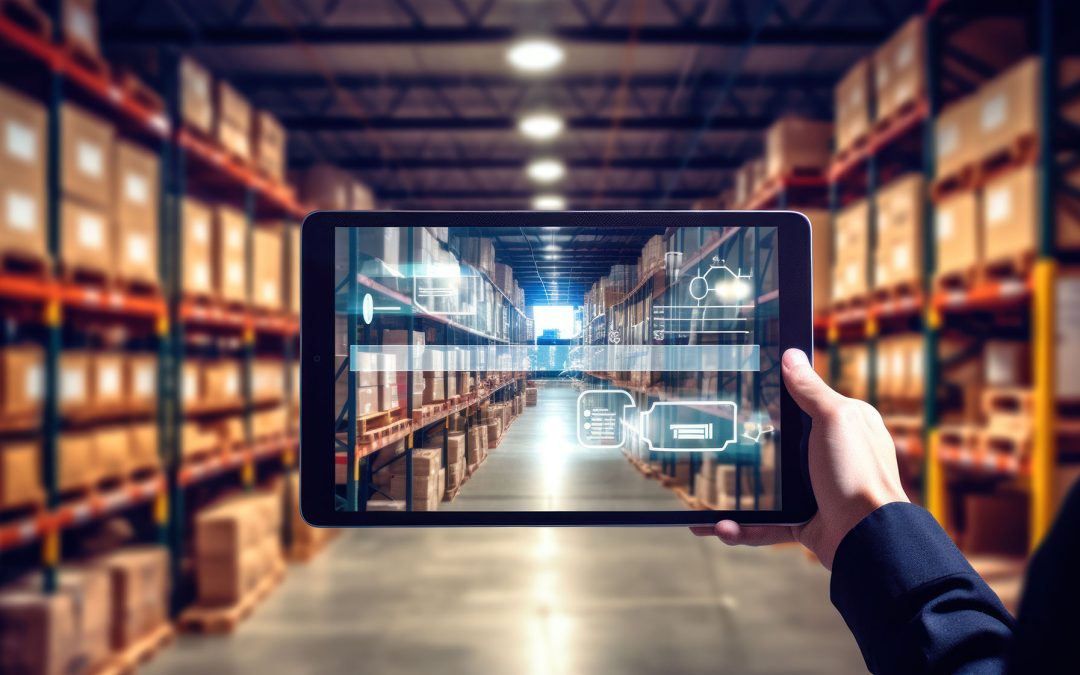Supply chain has been disrupted on a global scale. Most supply chains were impacted by the pandemic. In the same period an increase of digital transformation and technology spend was reported.
This raises the question: Will technology enable supply chain to overcome this crisis?
Supply Chain Resilience
McKinsey has reported extensively on the increase of the online shopping intent and changes to shopping behavior. This has not gone unnoticed, and companies are adopting quickly to these insights. According to Gartner Board of Directors survey 69% of Boards of Directors accelerated their digital business initiatives due to the pandemic and 67% expect budgetary increases in technology.
As economies reshape, the demand and supply of goods will require a more intelligent approach. There are several ways for supply chain to become more intelligent and resilient with the use of technology.
Digital Twin
Until recently, most supply chain design and planning efforts focused on planning for optimal scenarios based on certain sets of assumptions around stability, rational, and availability of supply. But the world has changed and will keep on changing. Geopolitical situations feel less stable than in the past decades, and Covid-19 pandemic is unlikely to be the last global health crisis we face. These realities mean it’s even more essential that companies embrace dynamic continuous design for their supply chains.
A digital twin will help their organizations create contingency plans, figure out how much stock they might need, identify routes, and more. A digital twin is an essential component of building a more resilient supply chain. A digital twin can help you shorten the time to go from question to answers. The digital twin allows you to run multiple scenarios in parallel so you can answer different questions in different strategic area at the same time and to come to conclusions that are best for your business.
In their report Innovation Insight for Digital Twins in Warehousing Gartner predicts that 25% of leading supply chain organizations will have launched explicit digital twin initiatives for improving warehouse efficiency.
Artifical Intelligence
McKinsey has recently estimated the future economic value created by AI and machine learning to be 1.3 trillion USD per year, in supply chain operations alone. Their 2020 survey results have shown that the revenue increase from AI adoption in supply chain management was 72% in 2019, which has increased compared to 63% in 2018. Theres a lot of potential, but where do we start?
AI led optimization amplifies important decisions by using cognitive predictions and recommendations on optimal actions. This can help enhance overall supply chain performance. It also uncovers possible implications across various scenarios in terms of time, cost, and revenue. Also, by constantly learning overtime, it continuously improves on these recommendations as relative conditions change.
Warehouse Automation-The Smart Warehouse
Future proofing your fulfillment and distribution. Whether you’re building a new fulfillment center, distribution center, 3PL facility, or expanding an existing one, it’s an expensive endeavor.
That said, warehouse operators have recognized that warehouse automation is the silver bullet when it comes to boosting a warehouse operation.
The” smart warehouse” warehouse approach
Smart warehouses approach their operations as a series of interconnected operations, processes and resources, each deserving attention and critical examination to promote efficiency, with the goal of lowering time and cost to perform. We also understand that the hand-off between each process provides both opportunities and challenges.
With that in mind, visibility and applicability of data and information enables smart warehousing. The fundamentals of what happens in a warehouse are very simple, but the scale, the volume of transactions, and the complexity of exactly how those simple things happen have created a technology enabled warehouse environment. Provision WMS Warehouse Management System not only performs the fundamentals but also optimizes tasks and operations.
Want to know more about how Provision WMS can help your warehouse? Follow this link.

